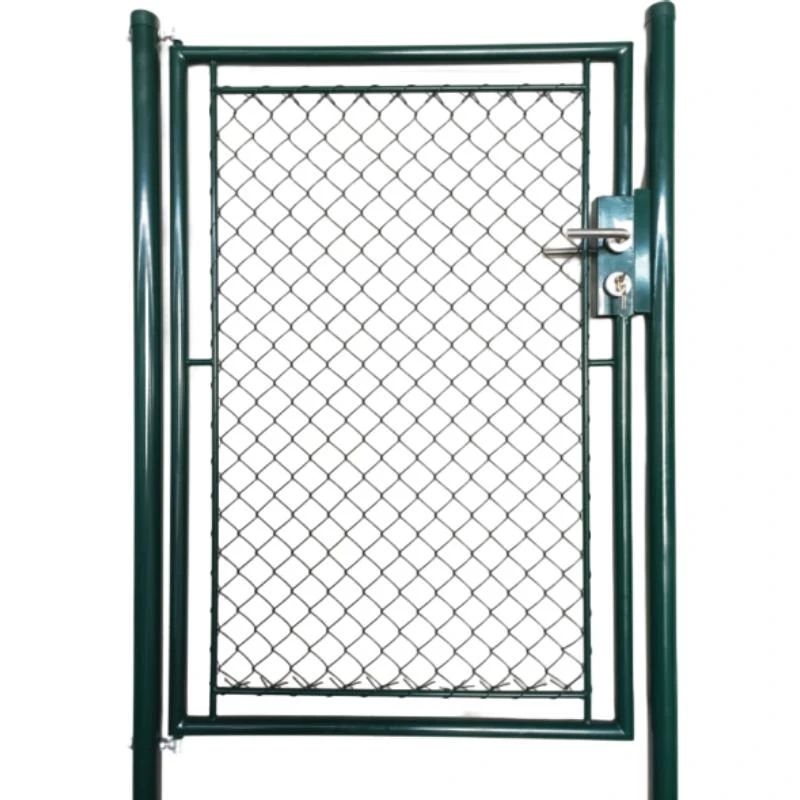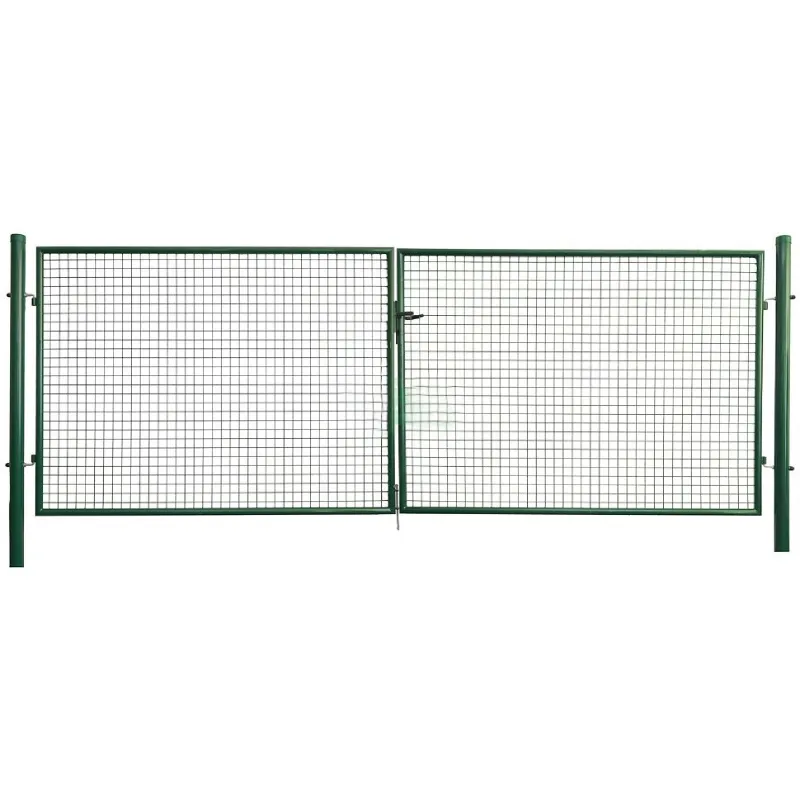-
Surélék:zhao@hyliec.cn
-
Telepon:+86 311 85273988
-
WhatsApp:8613931128750
-
 Afrika
Afrika -
 basa Albania
basa Albania -
 Amharik
Amharik -
 Arab
Arab -
 Arménia
Arménia -
 Azerbaijan
Azerbaijan -
 Basque
Basque -
 Bélarus
Bélarus -
 Benggala
Benggala -
 Bosnia
Bosnia -
 basa Bulgaria
basa Bulgaria -
 Katalan
Katalan -
 Cebuano
Cebuano -
 Korsika
Korsika -
 Kroasia
Kroasia -
 Ceko
Ceko -
 Denmark
Denmark -
 Walanda
Walanda -
 Inggris
Inggris -
 Ésperanto
Ésperanto -
 Éstonia
Éstonia -
 Finlandia
Finlandia -
 Perancis
Perancis -
 Frisian
Frisian -
 Galician
Galician -
 Georgian
Georgian -
 Jerman
Jerman -
 Yunani
Yunani -
 Gujarati
Gujarati -
 Kréol Haiti
Kréol Haiti -
 hausa
hausa -
 Hawai
Hawai -
 Ibrani
Ibrani -
 Henteu
Henteu -
 Miao
Miao -
 Hungaria
Hungaria -
 Islandia
Islandia -
 igbo
igbo -
 basa Indonésia
basa Indonésia -
 Basa Irlandia
Basa Irlandia -
 Italia
Italia -
 Basa Jepang
Basa Jepang -
 basa Jawa
basa Jawa -
 Kannada
Kannada -
 kazakh
kazakh -
 Khmer
Khmer -
 Rwandan
Rwandan -
 Koréa
Koréa -
 Kurdi
Kurdi -
 Kirgiz
Kirgiz -
 TB
TB -
 Latin
Latin -
 Lativia
Lativia -
 Lituania
Lituania -
 Luksemburg
Luksemburg -
 Makedonia
Makedonia -
 Malgashi
Malgashi -
 Malayu
Malayu -
 Malayalam
Malayalam -
 Malta
Malta -
 Maori
Maori -
 Marathi
Marathi -
 Mongol
Mongol -
 Myanmar
Myanmar -
 Nepali
Nepali -
 Norwegia
Norwegia -
 Norwegia
Norwegia -
 Occitan
Occitan -
 Pashto
Pashto -
 Pérsia
Pérsia -
 Polandia
Polandia -
 Portugis
Portugis -
 Punjabi
Punjabi -
 Romania
Romania -
 Rusia
Rusia -
 Samoan
Samoan -
 Gaelik Skotlandia
Gaelik Skotlandia -
 Sérbia
Sérbia -
 Inggris
Inggris -
 Shona
Shona -
 Sindhi
Sindhi -
 Sinhala
Sinhala -
 Slowakia
Slowakia -
 Slovenia
Slovenia -
 Somali
Somali -
 Spanyol
Spanyol -
 Sundanese
Sundanese -
 basa Swahili
basa Swahili -
 Swédia
Swédia -
 Tagalog
Tagalog -
 Tajik
Tajik -
 Tamil
Tamil -
 Tatar Sunda
Tatar Sunda -
 Telugu
Telugu -
 Thai
Thai -
 Turki
Turki -
 Turkmén
Turkmén -
 Ukrania
Ukrania -
 Basa Urdu
Basa Urdu -
 Uighur
Uighur -
 Uzbek
Uzbek -
 Vietnam
Vietnam -
 Welsh
Welsh -
 Tulung
Tulung -
 Yiddish
Yiddish -
 Yoruba
Yoruba -
 Zulu
Zulu
Gerbang taman
Cheap Garden Gates For Sale
You can find cheap garden gates for sale at various home improvement stores, online retailers, and local hardware shops. Consider looking for sales, clearance items, or second-hand options to find affordable garden gates that meet your needs. Additionally, exploring different types and sizes can help you find cost-effective solutions for your garden gate. Be sure to compare prices, quality, and reviews to make an informed decision.
Garden Gate Construction
1. Planning: Determine the location and dimensions of the gate, considering the width of the pathway or opening. Decide on the type of gate, such as a single or double gate, and the materials to be used.
2. Materials: Select the appropriate types and sizes for the gate, such as round tube gates or square tube gates, single wing gates or double wings gates, ensure to meet requirements of maximum.
3. Frame assembly: Construct the frame of the gate using the chosen types and sizes . This may involve cutting and assembling the frame pieces, ensuring that they are square and level.
4. Adding infill: Depending on the design, add infill materials such as pickets, panels, or mesh to the gate frame. Secure the infill materials to the frame using appropriate fasteners.
5. Hardware installation: Install hinges, latches, and any additional hardware required for the gate to function properly. Ensure that the hardware is durable and suitable for outdoor use.
6. Finishing touches: Sand the gate to smooth any rough edges and apply a protective finish or paint to enhance its durability and appearance.
7. Installation: Once the gate is constructed, install it in the desired location, ensuring that it swings freely and latches securely.
It's important to follow any local building codes or regulations when constructing a garden gate, especially if it will be used as a boundary or security feature. If you're unsure about the construction process, consider consulting with a professional or seeking guidance from experienced individuals.





